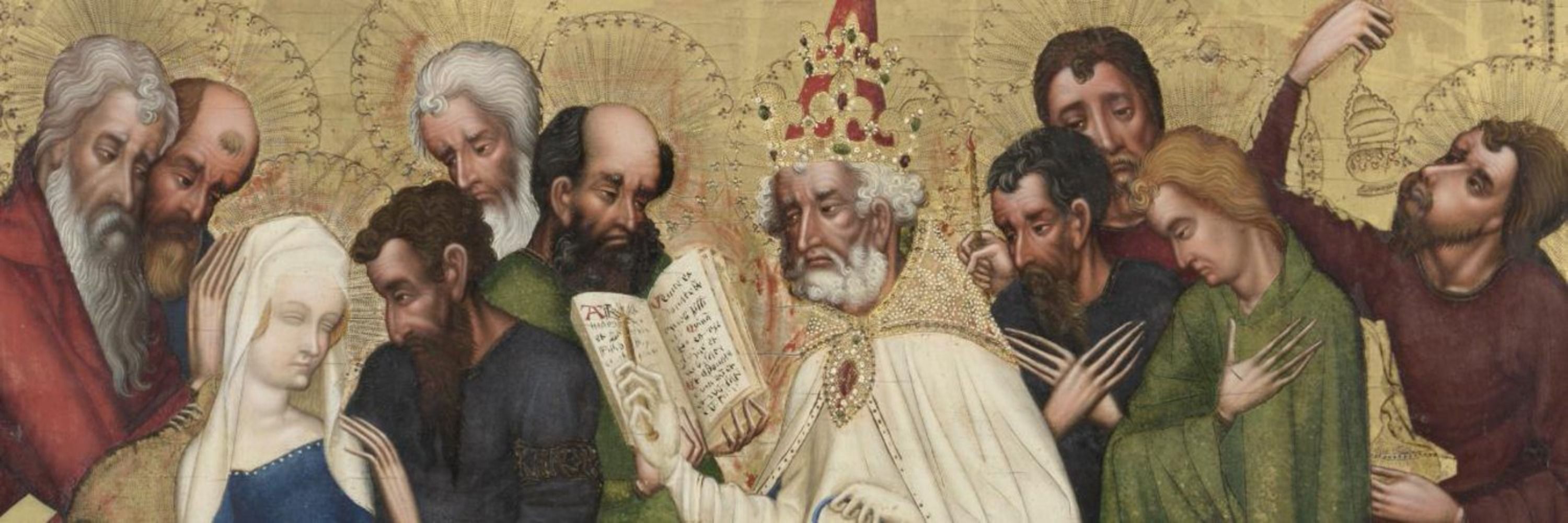CMA: Medieval Art
@cmamedieval.bsky.social
690 followers
3 following
2K posts
Sharing public domain works from the Medieval Art department of
the Cleveland Museum of Art.
Automated thanks to @andreitr.bsky.social and @botfrens.bsky.social
Posts
Media
Videos
Starter Packs
Reposted by CMA: Medieval Art
Reposted by CMA: Medieval Art
Reposted by CMA: Medieval Art
Reposted by CMA: Medieval Art
Reposted by CMA: Medieval Art
Reposted by CMA: Medieval Art
Reposted by CMA: Medieval Art















![Five Guineas [pattern]](https://cdn.bsky.app/img/feed_thumbnail/plain/did:plc:3dly5roasg5ydnifqomx2smy/bafkreihe5a4vhquv4c45eq2ugizzmx33eoybbksvpm2yp4oka5r6wqg2pm@jpeg)





![Arabic calligraphy, the supreme art form in the Islamic world, enhances this tombstone. The elegant Arabic script embellished with leaf tendrils at the top of the tall letters is called floriated Kufic. Verses about paradise from the holy Koran border the central arch-shaped niche that resembles a mosque's mihrab, located in the wall closest to the holy city of Mecca. The name of the deceased and the year of his death are recorded within the niche above the names of the carvers: "The work of Abaidallah Murra(?) and 'Umar(?)." The inscriptions from the Koran translate as follows: Outer border (read from right to left): "In the name of God, the Merciful, the Compassionate. Every soul shall taste of death; and ye shall only receive your recompenses on the Day of Resurrection. And who so shall escape the fire, and be brought into Paradise, shall be happy And the life [of this world is but a cheating fruition]" (3:185). Inner border: "In the name of God, the Merciful, the Compassionate. But as for those who say, 'Our Lord is God'; and who go straight to Him, the Angels shall descend to them and say 'Fear ye not, neither be ye grieved, but rejoice ye in the Paradise which ye have been [promised]'" (41:30).](https://cdn.bsky.app/img/feed_thumbnail/plain/did:plc:6xxjy3sxpdul5c74oh3ezlsi/bafkreiepchkomvmg26omt3t7wt3qkaxoqtx6h7g4gtnqbieglsyb5bc2lu@jpeg)



